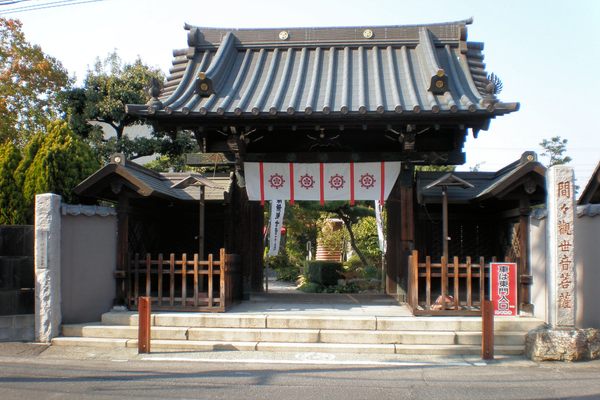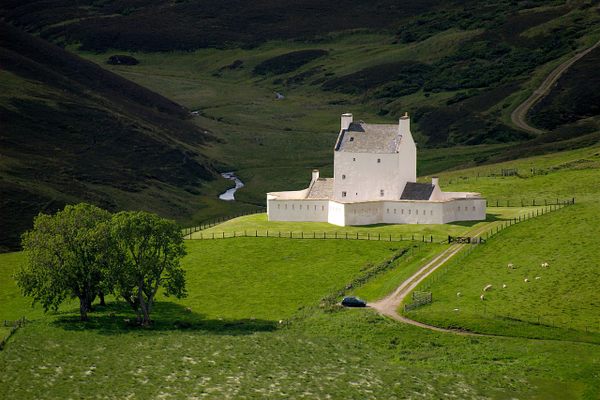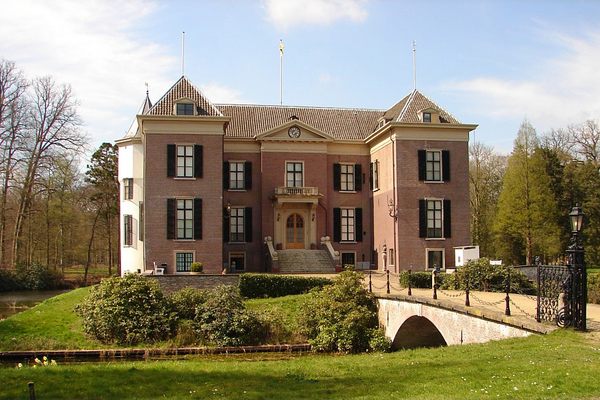AO Edited
Kiyosu Castle
This reconstructed castle was once the base of the “Devil King” who almost united the feudal warring states.
Nagoya is home to a beautifully reconstructed castle and gardens. Historically, it belonged to the Owari branch of the Tokugawa clan, built on the site of warlord Oda Nobunaga’s family fort by the order of Shogun Ieyasu.
A lot less visited, not far from Nagoya—10 minutes or so away by train—is the city of Kiyosu, the former seat of Owari Province. Nobunaga, the ruler of Owari, had his military base at Kiyosu Castle, originally built in 1394. From here, he set off with his troops to fight other daimyos and samurai warlords to fulfil his dream of unified Japan.
A fierce warrior and able strategist, Nobunaga was quick to adopt latest introductions from the West and revolutionized Japanese warfare by equipping his troops with firearms. He styled himself as the Devil King of the Sixth Heaven, a demonic figure known in Buddhist traditions, and wholly deserved his title for his fiery ruthlessness.
Though Nobunaga came close to conquering feudal Japan, he was betrayed by his vassal Akechi Mitsuhide and assassinated in the Honnō-ji incident of 1582. His dream was carried on by Toyotomi Hideyoshi and Tokugawa Ieyasu, who put an end to the age of war. After the conquest, the Tokugawa clan abandoned Kiyosu in 1610 and relocated much of its town to Nagoya.
In 1989, the donjon of Kiyosu Castle finally got a reconstruction on its former site. Built in concrete, its designs are based on other castles of the era, though not a faithful restoration as no visual representation of the castle survive today.
Know Before You Go
The castle is closed to visitors on Mondays.
















Follow us on Twitter to get the latest on the world's hidden wonders.
Like us on Facebook to get the latest on the world's hidden wonders.
Follow us on Twitter Like us on Facebook